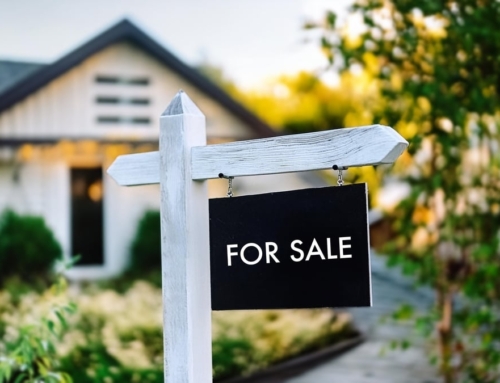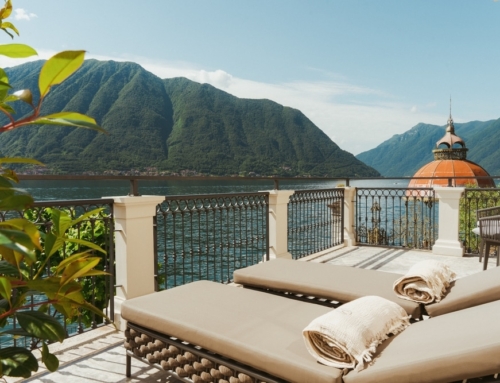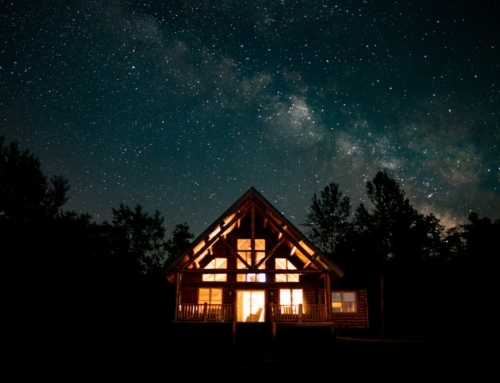Q: We have a synthetic stucco house (it has an EIFS exterior). We have it inspected annually by a synthetic stucco inspector and we maintain it very well.
Yet we know the stigma surrounding synthetic stucco homes. We were just told that it would probably cost $140,000 to replace the synthetic stucco with hardcoat stucco because of the size of our house.
Are there other sidings that would be less expensive? I don’t know if our neighborhood allows vinyl or if it would look good in place of the synthetic stucco.
A: While the EIFS Industry Members Association, a non-profit trade organization for EIFS manufacturers maintains that today’s synthetic stucco is new and improved and has been shown in a new study that it’s as good as any other sort of exterior cladding, you’re right — there is still a stigma surrounding synthetic stucco.
Buyers worry that the synthetic stucco, which is a polymer-based product, has been poorly installed, which can lead to serious water infiltration and mold problems later.
But should you spend all that money to replace your synthetic stucco? That’s a dollars and sense question, so let’s walk through the issue.
First, you may be able to replace your synthetic stucco with brick or a synthetic stone product for about the same price or a little less. Vinyl siding might cost less, as would pre-stained wood. You should check out what kind of exterior siding is permitted in your neighborhood (if you’re in a homeowners’ association, sometimes house exteriors are regulated) and then start to price it out.
The real question you have to answer is this: What will you get for your $140,000 when you sell the house? In your neighborhood, will someone pay more for a brick house that only needs to be retuckpointed every 10 to 15 years, or a vinyl sided house that needs minimal care? Will spending the money mean you’ll sell more easily because you’ve eliminated the issue? Are you even planning to sell your home in the near future?
On the other hand, can you save $140,000 by keeping the synthetic stucco, maintaining it in good condition, while spending $5,000 to $10,000 to spruce up the exterior and interior of your home?
If your neighborhood is desirable, but someone has the choice of buying a home without synthetic stucco, you’ll be at a competitive disadvantage, whether or not your home has ever had a moisture infiltration problem.
If your neighborhood is undesirable for other reasons, or if most of the homes are for sale, it may not make a difference, and you could be throwing your money away. You might be better off dropping the price by $80,000 to $100,000 and moving on.
You should have a conversation with two or three top agents who actively work in your area. Pick their brains for ideas on whether this kind of investment is something that could be recouped or, if not, would allow you to at least sell your home quickly.
Remember to keep good records of the maintenance you have given to your synthetic stucco just in case a buyer wants to make sure how often you inspected the stucco and what repairs you made to it. With diligent maintenance, your synthetic stucco can remain in good condition and you can probably make better use of your money.
Finally, if you have to sell your home in this market and find out that the synthetic stucco of your home is preventing the sale, you will have the option to replace it or negotiate a lower price for the home allowing the buyer to replace the stucco at a later time.
June 19, 2008.






This blog provides a comprehensive overview of the concerns surrounding synthetic stucco, particularly its impact on home value.